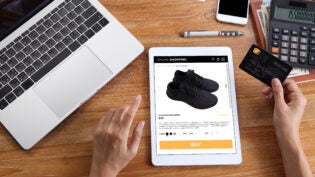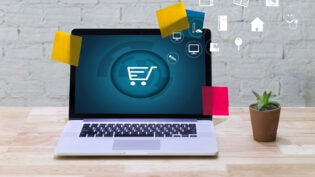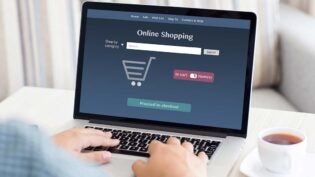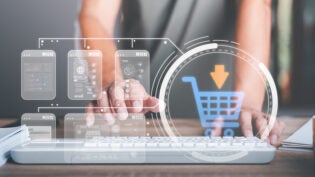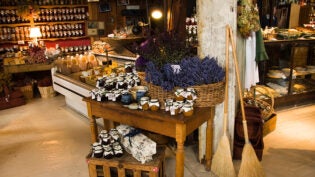Why Top eCommerce Sites are Building Physical Stores
By: SmallBizClub
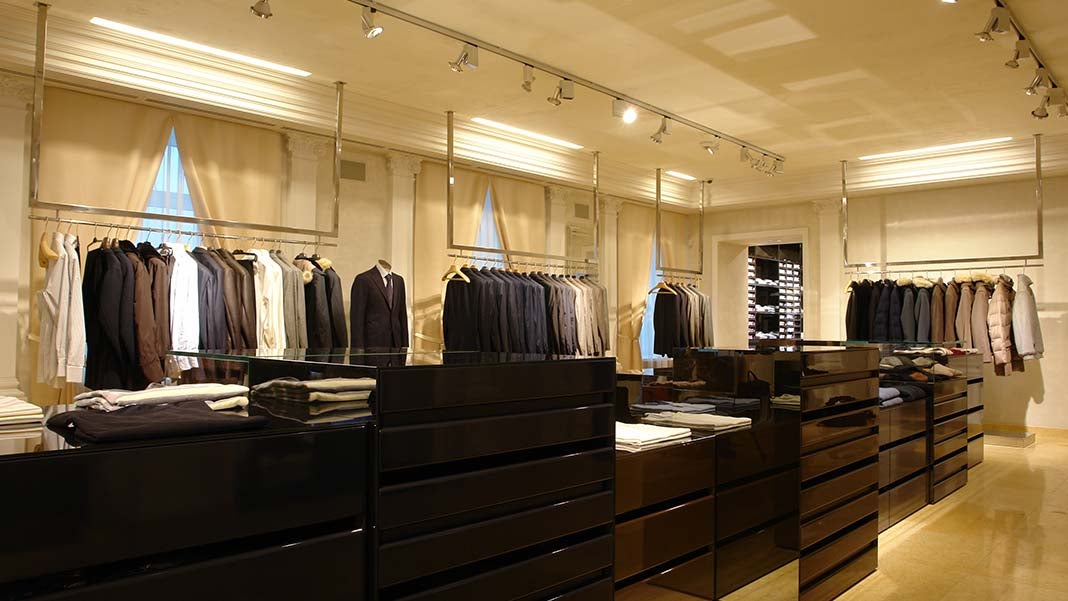
At present, e-commerce giants are recognizing the importance of having physical stores alongside their online shops. The question is, why?
Undoubtedly, technology significantly affects how people do business nowadays, especially when it comes to shopping. Although the number of online shoppers is incredibly growing, the majority of consumers still prefer to shop in physical stores.
According to some research, approximately 40% of consumers go to physical stores to make purchases, compared to 27% who make their purchases through online stores. Around 65% of shoppers prefer physical stores to avoid delivery fees while 60% of them want to have their items immediately after purchase. Further, 61% of customers prefer seeing items in person before buying.
Because of the above figures, many e-commerce retailers are rethinking and re-evaluating their business strategy. According to Scott Galloway, a marketing professor at New York University, relying on e-commerce alone can’t bring optimal success to retailers. A number of huge e-commerce brands including Amazon are now building brick-and-mortar stores to support their e-stores.
To maximize their sales potential, many known e-commerce brands now venture to omnichannel retail. Omnichannel retailing uses a variety of channels such as e-commerce and brick-and-mortar stores to offer consumers with a seamless shopping experience that purely online or purely physical stores cannot match. With omnichannel retailing, you can provide your consumers the best of both worlds.
Still wondering why your e-commerce store should have a physical showroom? Here are huge and known e-commerce brands who found greater success by building physical stores and venturing into omnichannel retailing. Figure out how they did it and see how you can do it to your business as well.
Bonobos
Bonobos, now one of the largest male clothing brands in the United States, was built on the web and started purely as an online shop. Although Bonobos was drawing in massive online sales, its CEO, Andy Dunn, found a problem in being an online store only. Not being able to try on clothes before purchasing them is one thing that lacks in their goal to provide their consumers with a great service.
So, what did Andy do? Bonobos opened up a physical retail space with two sales representatives for customers who wanted to try their products before buying them. Through this experimental move, they found out that each of the two sales representatives generated over $250,000 in sales. Today, Bonobos have ten physical shops across the US they refer to as the “Guide Shop.”
Bonobos now continues to blend in their online and physical shops to deliver the best retail experience to their continuously growing number of customers.
Warby Parker
Warby Parker, now a famous American eyewear brand, originally started as an online business aimed to find a solution for too expensive eyewear. Its founders utilized e-commerce to its full potential by designing their products in-house and removing middlemen to sell eyewear at significantly low prices. To provide a more improved customer service, they experimented on pop-up stores.
Along with their online shop, they put up pop-up shops across select cities across the U.S. through a traveling yellow bus. More than that, Warby Parker also set up kiosks in hotels to let people try their glasses before making a purchase. David Gilboa, a co-founder of Warby Parker, said that the future Warby Parker and of all retail businesses lies on the mixture of online and offline component to succeed.
Today, Warby Parker still continues to sell high-quality eyewear at pocket-friendly prices through their online shop and physical stores and showrooms.
Birchbox
Birchbox, a successful beauty shop that personalizes beauty, grooming, and lifestyle boxes, originally sold their products online. Its founders Katia and Hayley used their love for the Internet and create a better way to shop for beauty products. It all started with an e-commerce store that provides monthly deliveries of product samples, and personalized beauty and grooming boxes for men and women.
A desire to focus on customer engagement rather than solely selling led them to offer a brick-and-mortar experience along with their online shop. Katia and Hayley believe that with e-commerce, customers are just a click away from competitors. The Birchbox physical store aims to take care of loyal customers and introduce the brand to potential consumers through a service beauty bar called “Try Bar.”
Birchbox modeled their service to their “try, learn, buy” mantra by offering both online and in-store shopping experience for its customers.
Bow & Drape
Bow & Drape is an online custom clothing retailer that allows customers to design and embellish their own clothes and bags. However, its founder, Aubrie Pagano, sees a big sales potential in putting up offline shops, so they tried putting up a pop-up shop in Seattle. She added that the majority of all purchases still happen offline, and it will be a missed opportunity if they fail to tap that huge portion of the market.
A few months ago, old and new customers visited Bow & Drape’s pop-up shop at the Nordstrom in Seattle. They designed their personalized clothes on an iPad and picked up their finished orders after an hour. This soft move of Bow & Drape to the brick-and-mortar channel opened increased people’s awareness of their brand and products as well as opened opportunities for potential customers to interact with their merchandise.
Now, Bow & Drape is making its name in the fashion industry. Just this year, the company was featured in popular magazines like People, InStyle, Glamour, and many others.
Amazon
Amazon, the e-commerce industry’s leader, recently opened its first brick-and-mortar store in Seattle. After almost two decades of selling solely online, Amazon has put up its first physical bookstore named “Amazon Books” and has started offering its customers with a new kind of shopping experience. Amazon Books’ vice president, Jennifer Cast, referred to the physical bookstore as Amazon.com’s physical extension.
Amazon Books offers over 6,000 book titles carefully selected based on online reviews and sales date from their site. Through Amazon’s traditional bookstore, customers can personally browse and choose among the available books displayed and purchase them at-hand or online. More than that, customers can also try out different Amazon devices such as Fire Tablet, Echo, Kindle, and Fire TV.
After 20 years of being online, Amazon now aims to offer the benefits of both online and offline book shopping experience to their customers.
What used to be two opposing industries are now merging to maximize sales potential for retailers and to offer the best shopping experience for consumers. The e-commerce and brick-and-mortar world have merged. At present, consumers research their products online and purchase them in-store, or evaluate the products in-store and buy them online.
Here are other reasons why e-commerce brands are now penetrating the offline market for their business:
- To offer the best shopping experience for customers
- To encourage and promote customer interaction
- To provide customers with a more personalized service
- To add legitimacy to their brands
- To make their brands more visible
- To introduce their brand to potential customers
- To give consumers the best of both worlds
If you’re not targeting both the online and offline market, you’re greatly missing out profit-generating opportunities. Learn from the e-commerce leaders above, re-evaluate your retail strategy, and see how your business can grow like never before.
Author: Japs Buidon is a Social Media Specialist and SEO from Always Open Commerce. He loves hiking as well as electronics.
2873 Views




